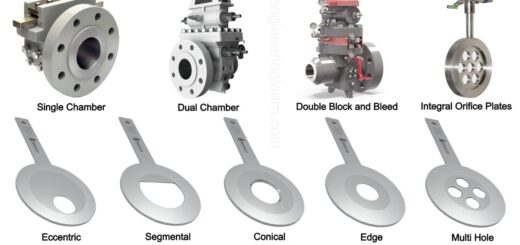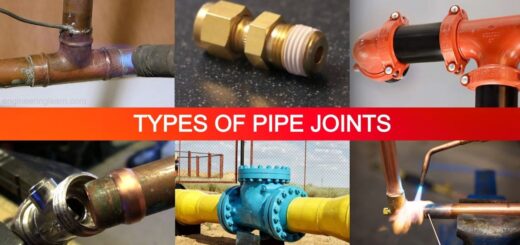What is Rigging Equipment? 8 Types of Rigging Equipment & Their Uses [Explained with Complete Details]
![What is Rigging Equipment? 8 Types of Rigging Equipment & Their Uses [Explained with Complete Details]](https://engineeringlearn.com/wp-content/uploads/2023/01/Rigging-Equipment-1024x539.jpg)
Introduction
What is Rigging Equipment? 8 Types of Rigging Equipment & Their Uses [Explained with Complete Details]: – Rigging equipment refers to the devices or gadgets and components used to lift and move objects securely, as a part of a planned framework executed by a team of riggers. This encompasses different parts which are utilized to get and convey the heap being referred to, to work with the moving system, and guarantee that it is finished effectively. Industries that frequently require the services of rigging equipment incorporate construction, designing and, engineering, and event organizing.
Like all lifting tasks, hosting and rigging ought to be performed with public and employee safety as an essential focus.
In order to comply with health and safety legislation along with industry standards, organizations should carefully consider two following elements:
A) Operation Planning: Before the lifting applications start, teams ought to painstakingly think about the demands of the lift and conduct an exhaustive risk evaluation.
B) Equipment: The primary point will dictate how the rigging equipment is selected and utilized. Riggers should guarantee that the general rigging setup and individual components are suitable for the size and weight of the heap being referred to, to try not to over-burden the equipment, which can prompt damage and serious safety hazards. The rigging equipment itself ought to likewise be sourced from legitimate providers, to ensure that the products are of a reasonable norm and quality. To keep up with this quality, the items ought to then be regularly tried to ensure that it keeps on meet safety guidelines.
What is Rigging Equipment Hardware?
Rigging hardware alludes to the different equipment used to safely lift and move loads in a crane framework. It likewise incorporates the tools used to convey the weight of the load equally while lifting. There is a wide range of crane rigging equipment. Every sort of equipment is utilized in various applications, like construction and event management.
Tips for Using the Right Rigging Hardware
In the lifting and rigging industry, the right equipment not just implies that the work is done proficiently yet in addition everybody is kept safe on the site.
Before you decide which rigging equipment is awesome for your venture, a couple of interesting points are mentioned below: –
- The environment and climate of your site: Some rigging equipment may not be the most incredible in specific climates, like outrageous cold, heat, or salty conditions. For instance, projects around saltwater bodies might require stainless steel equipment to guard against rust.
- The quality of the rigging materials: Inexpensive rigging equipment can cost you back more long term. You’ll have to get your equipment from legitimate sources to ensure that your site is safe and protected and the equipment doesn’t wear out too quickly.
- The materials you’re lifting and load limits: Every rigging equipment accompanies a working load limit, which is the heaviest weight that it can deal with securely without any malfunction. You’ll need to know how heavy your heap is to determine that all equipment you get can deal with it.
Types of Rigging Equipment
Rigging operations require various sets of devices with varying functions Understanding what they are and the way that they function is crucial in ensuring a safe lifting process. Below are the main types of rigging equipment and their types: –
1. Rigging Hooks & Shackles
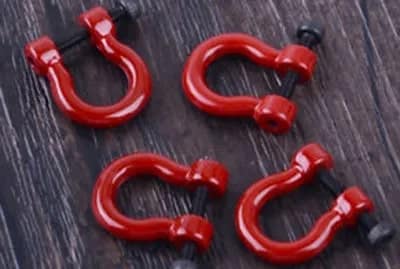
A rigging hook or shackle interfaces chains, ropes, slings, and other rigging equipment during the moving process. Having a secure hold on heavy loads keeps them from slipping while suspended in the air.
It commonly comprises two parts: looped-shaped steel associated with a chain and a safety pin to close it off. Probably the most utilized rigging hooks incorporate choker hooks, eye hooks, clevis grabs, and sorting hooks.
2. Pulleys & Blocks
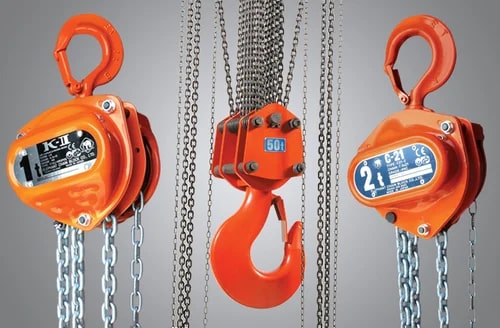
Pulleys and blocks work in pairs to assist with lifting heavy objects without unnecessary power. They offer adequate support or help while diminishing the pressure required to lift the load.
The pulley works by looping or circling a rigging rope to the pulley and attaching it to the object. It holds the rope as it moves the heap. It comes in varying sizes relying upon the sort of frame, rope, and sheave size utilized.
In the interim, the block functions as a settling force, as it conveys the rope’s weight during the cycle. Its most common types include snatch blocks, square blocks, and turn blocks.
3. Wire Ropes

This equipment upholds the state of the load during the lifting process. It’s frequently mounted to the crane with hooks, shackles, or turns to join and move a load. It should exclude perpetual rope slings and eye grafts at the finish of the wire. Also, an eye join in any rope ought to just have three full tucks.
4. Slings
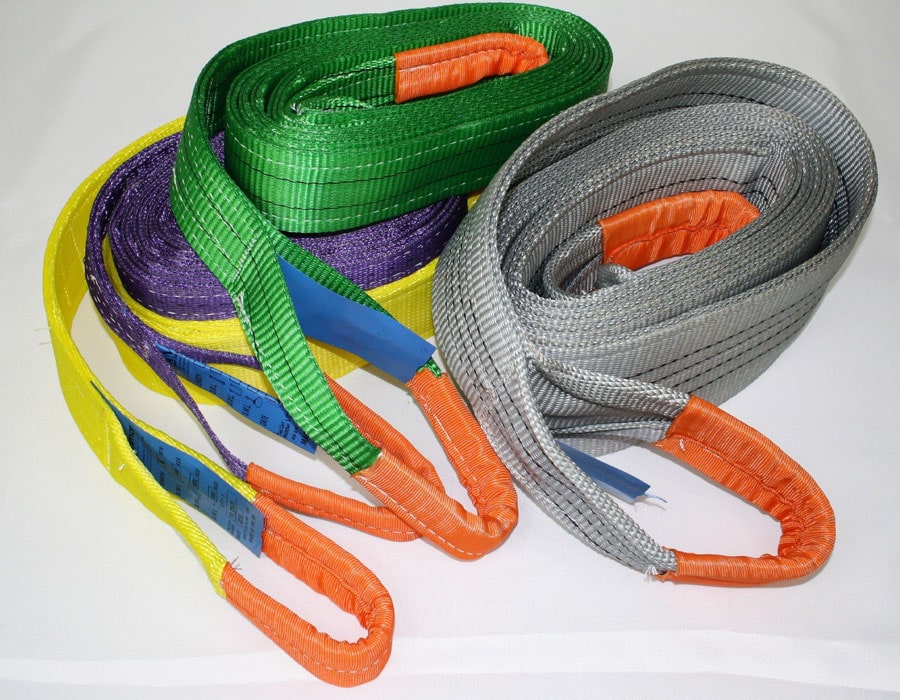
A sling is a flexible, lightweight device utilized with wire ropes to lift heavy and weighty loads. It gives strength and equilibrium in moving weighty loads around the site.
It’s typically made from synthetic material and comes in two types:
- Endless sling – takes an infinite loop shape
- Eye-and-eye sling – contains flat, three-sided, or curved ends made of metal, polyester, or nylon.
5. Steel Nuts
The steel nuts frequently work with the eye bolts in anchoring a rigging system. They come in various sizes and configurations which are reasonable for various types of rigging applications. Picking one will rely upon the total weight of the load and the kind of thread utilized (right-hand or left-hand).
Some examples of steel nuts include the following:
- Ball ends
- Dome nuts
- Hex nuts
- Lifting eye nuts
- Wingnuts
6. Eye Bolts
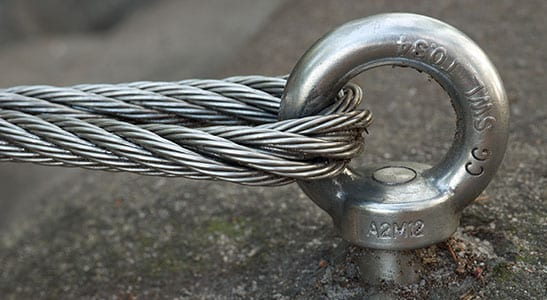
This tool or device goes about as an anchor point and loops cables in rigging applications. It comes in different sizes and materials that riggers can look over contingent on their requirements.
(1) Mentioned below are some common types of eye bolts: –
- shoulder bolts – utilized for loading equipment at an angle
- Non-carried/straight bolts – utilized for lifting objects in an upward framework
- Different sorts of fasteners – U-fasteners, screw eye fasteners, etc
(2) Picking the right eye bolt will rely upon the following set of models or criteria: –
- Weight of the load
- Type of sling used
- The point of stacking the article (e.g., angular, vertical)
- Frame material for the bolt (e.g., wood, metal)
7. Turnbuckles
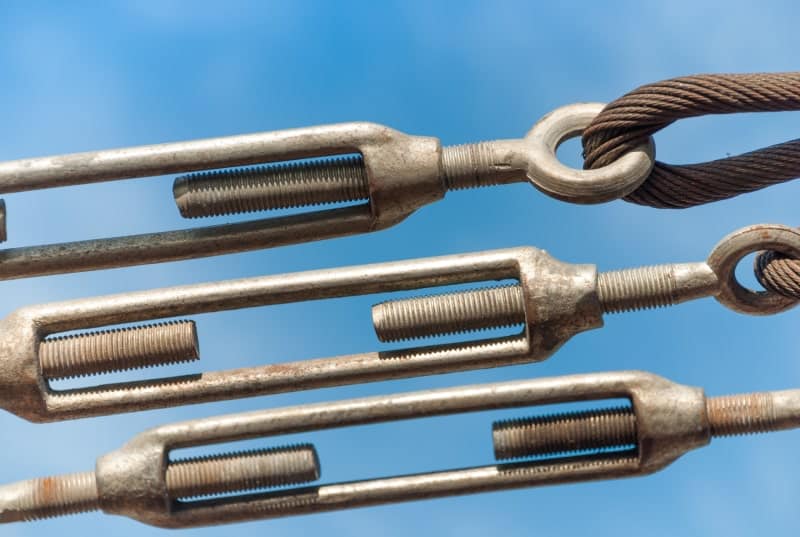
This tool adjusts the length or tension on a cable, chain, rope, and other length rigging equipment. It has two threaded eye bolts, with one joined to the ends of a small metal casing. Besides, it comes in two types: an extending screw and a bottle screw.
8. Spreader Bars & Lifting Beams
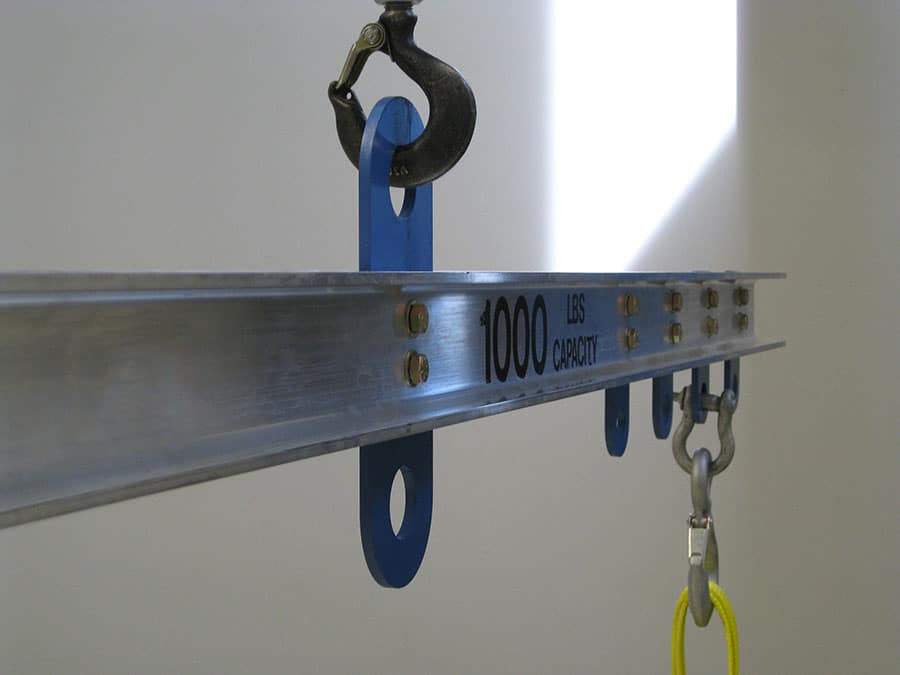
These tools or devices interface the object and the crane while lifting. They balance out the weight of the load for a more manageable lift. Their utilization will rely upon the kind of load that needs help.
While lifting heavy weights, utilizing spreader bars is ideal. Similarly as the name infers, this tool spreads the load widely and makes it simpler and easier to convey. In the meantime, lifting beams are more reasonable for lighter loads, as they can take all the load from a solitary point.
How Often Should Lifting Equipment Be Tested?
Lifting equipment is required to be proof-tested before its first use, according to the proof-test load recommended by the manufacturer and in accordance with the American Society for Testing and Maintenance. Lifting equipment is also required to be proof-tested again if any repairs have been done. This is to ensure or guarantee that chains meet the original strength prerequisites, that broken link joins are supplanted, and that the material used to replace links is appropriate. When tested, the administrative work ought to be kept.
Tips for Maintaining and Operating Rigging Equipment
Indeed, even the sturdiest tools or apparatuses can break, on the off chance that not really focused on properly. For instance, prolonged exposure to unforgiving conditions and heavy-duty operations can cause wear and tear to the right equipment.
When operating with rigging equipment, here are a few things to keep in mind:
- Ensure the equipment is in great shape before use. Check for cracks, twists, corrosion, and different signs of strain.
- You need to follow the manufacturer’s specifications on load weight, angle, the center of gravity, and more.
- Operate the tools at their safe working temperatures. For example, synthetic web slings can get damaged if the temperature exceeds 180°F (82.2°C).
It’s also essential to keep them in a safe space after the operations:
- Store equipment in a space free from heat, dirt, and dampness. These components can damage the outer layer of these tools.
- Hold these tools back from getting wet, as they can accelerate erosion. In the event that you’re working in a damp place, wipe the equipment immediately.
- Try not to drop them after use. Harsh particles can cause erosion and wear out the surface.
- Try not to expose them to daylight and UV rays, as they can turn dull or blurred after some time.
Conclusion
With regards to rigging equipment, each piece plays a significant part. You should have the entirety of the right equipment and accomplices to create an assembly that will securely hold and moves your load. Assuming you want wire ropes, chains, hooks, or some other kind of industrial hardware, make Elite Sales your rigging equipment provider.
Content Source: – safetyculture, safetyliftingear
Image Source: – unimechlifting, asahiropes, slingsandstraps, herculesslr, marshfasteners, acculift

